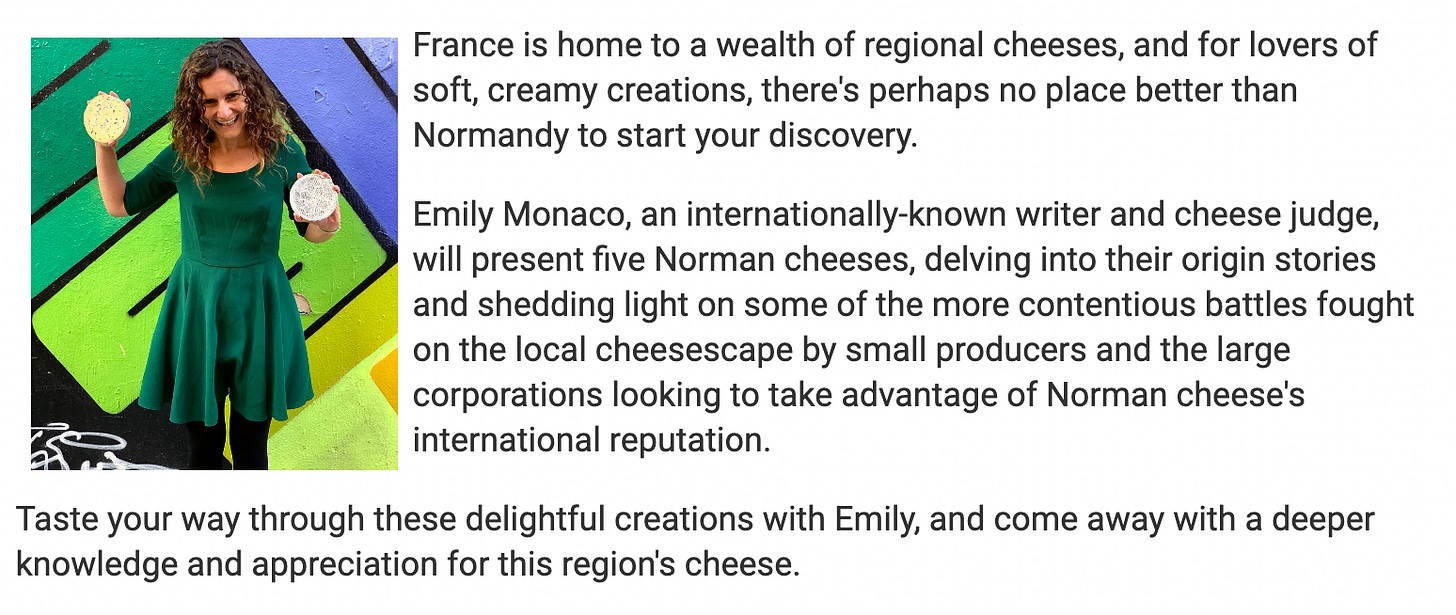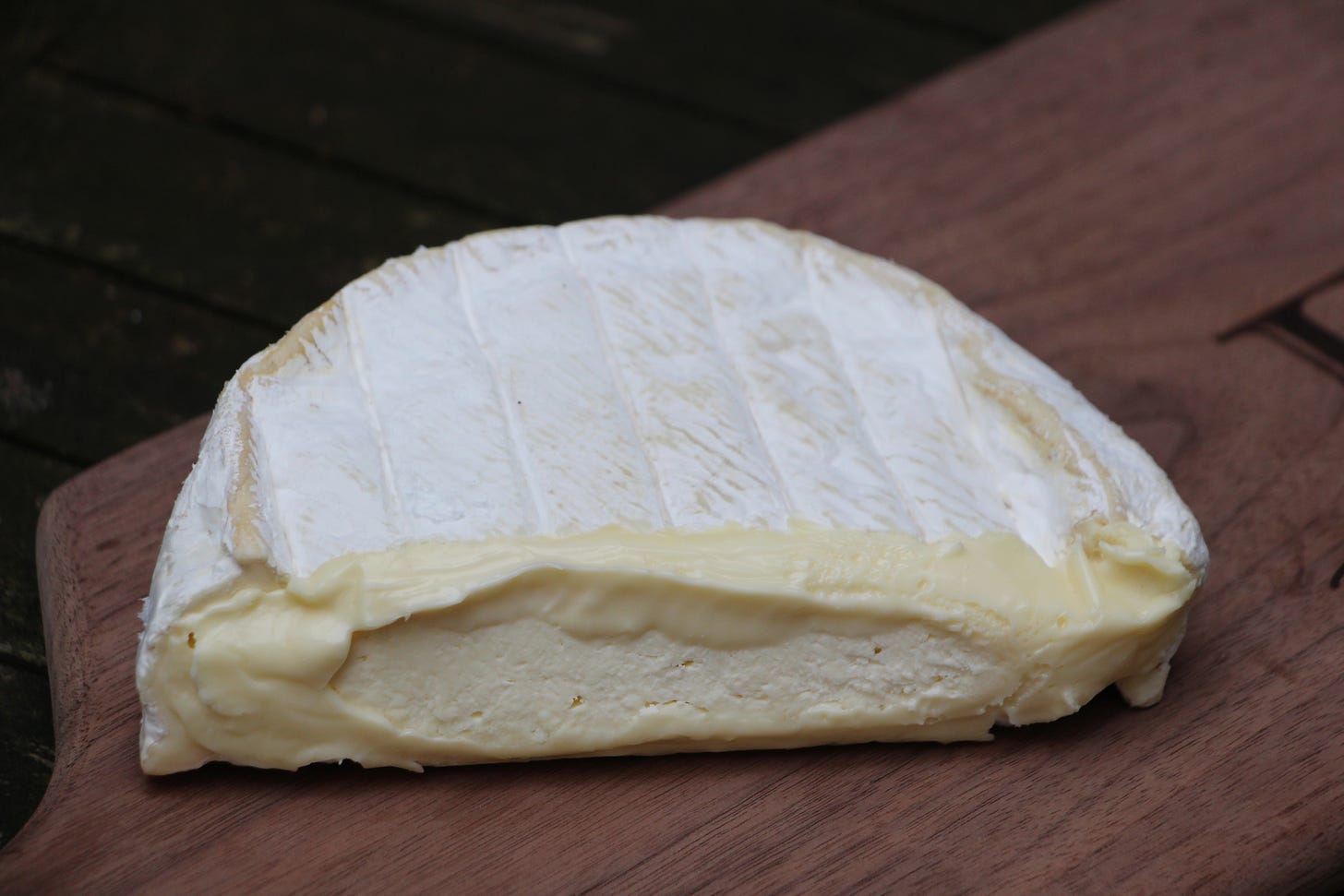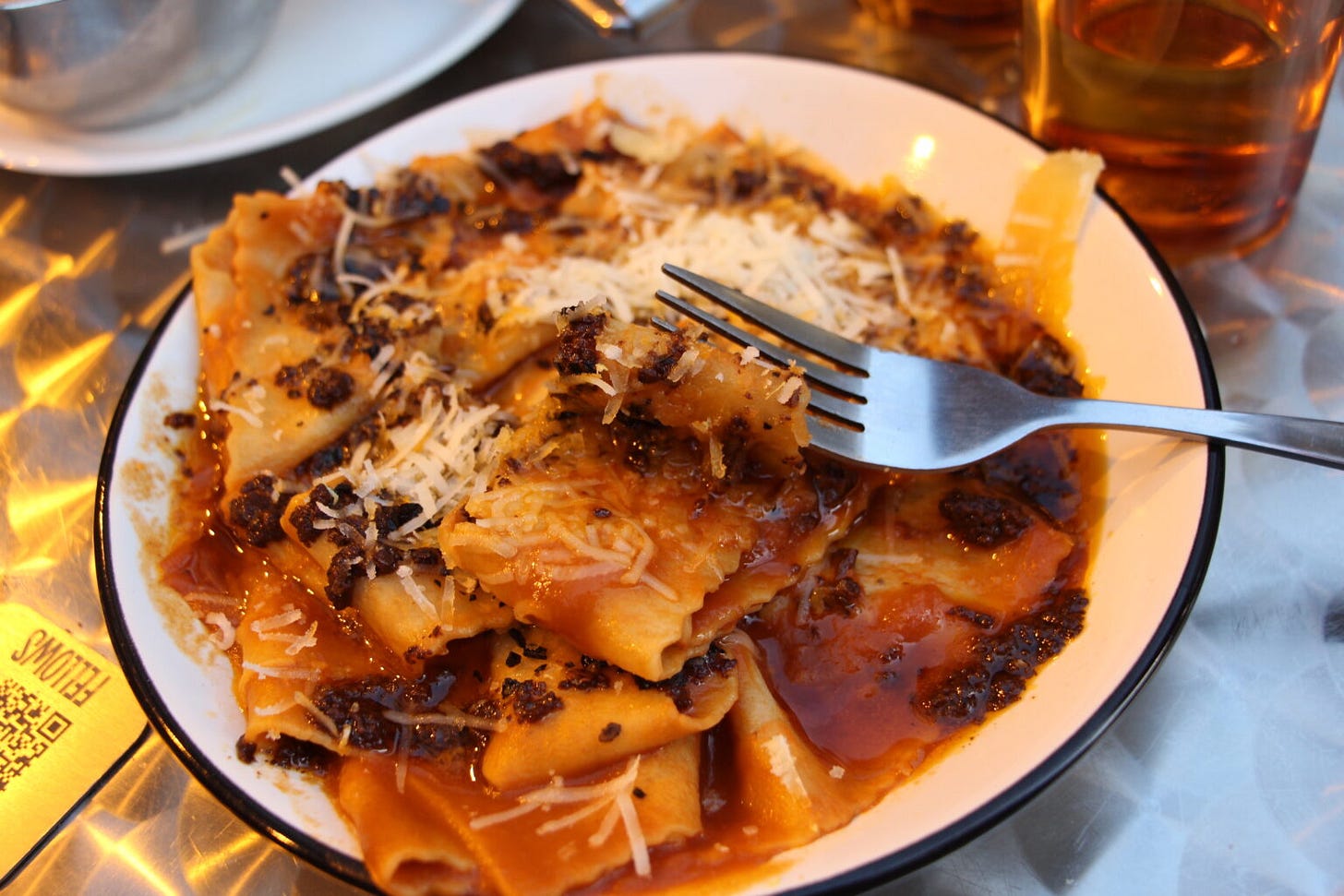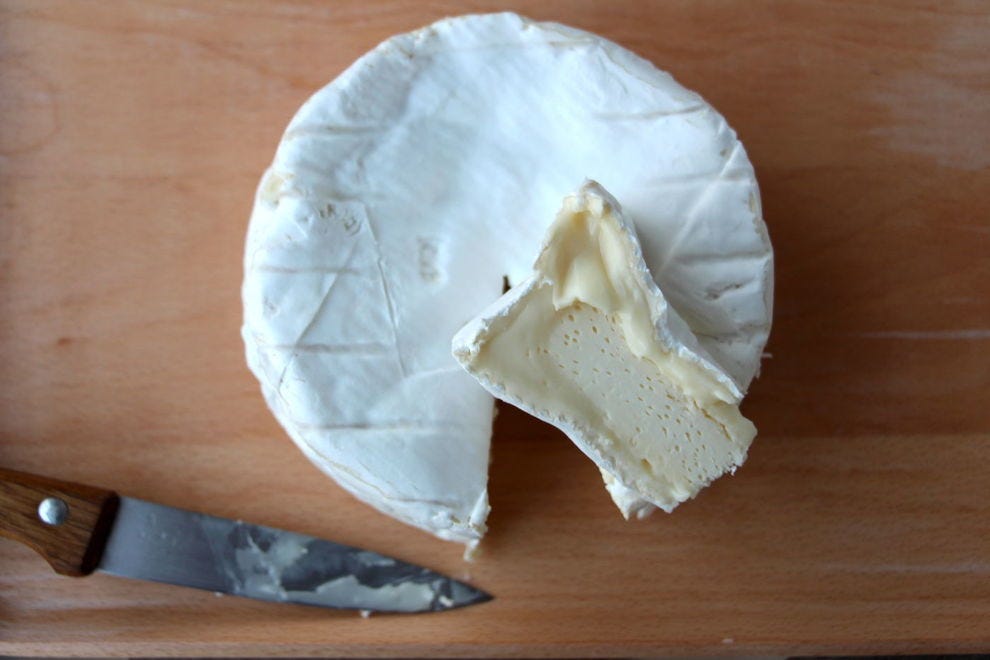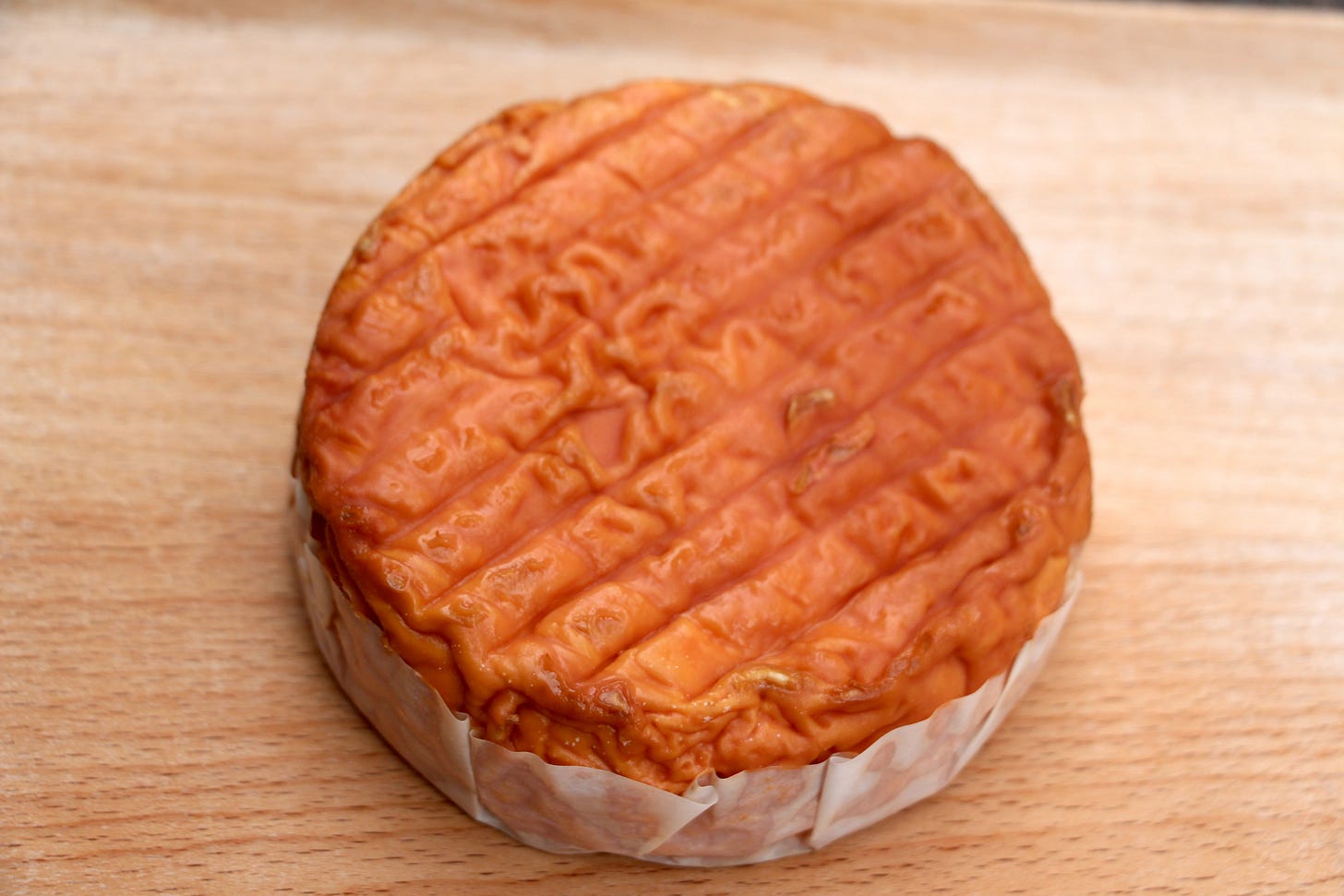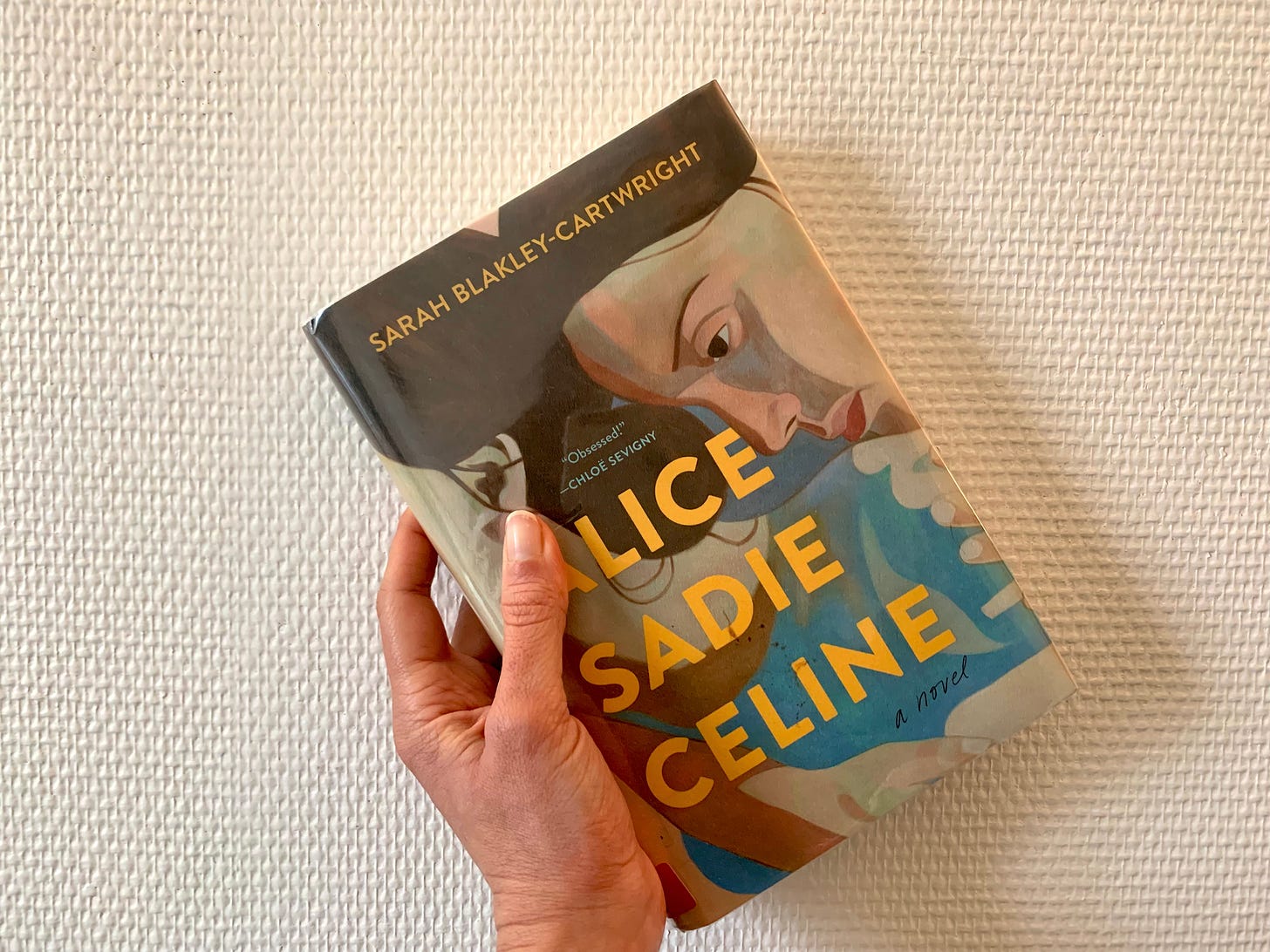Should you find yourself in Paris over the next few weeks, there are more ways to hang out with me IRL than joining me for a food tour (or buying me a fascinating piece of cheese.)
I’ve got three upcoming events that I’m super excited to share with you.
First up, I’ll put my fiction writer hat on as the emcee of a bilingual Open Mic hosted by the fabulous team at Version Originale. Founded by María Laura Ribadeneira, an art book editor who grew up in Quito-Ecuador and studied in New York and Paris, and Jacqueline Ménoret, a native of the U.S. and the founder of the Immigrant Book Club, Version Originale is an inclusive and intersectional print literary magazine. I’m so proud to have had stories appear in both of the first two editions of the review, alongside some truly phenomenal writers and artists.
The bilingual open mic is open to all, the perfect opportunity to share fiction, poetry, and more, all the while meeting our local community of creatives. The theme for the reading is the same as the theme for the very first issue of VO: Home.
Sign up to read a piece here, or just turn up at HOBA (43, rue Bernard Buffet) on November 13 at 7:30pm to listen and offer support. (You’ll also be able to sign up to read the day-of, if there’s space!)
Next up, I’ll be blending my love of both books and cheese with a cheese tasting at Bill & Rosa’s Book Room in Boulogne-Billancourt, an Anglophone bookshop just outside of Paris. This tasting will take place at 4pm on Saturday November 23. Sign up at brbookroom@gmail.com.
And last, but certainly not least, in early December, I’m offering a deep dive into the cheeses of Normandy with WICE. If you love creamy, oozy cheeses, this tasting is definitely for you. Sign up online for this tasting, which will take place on December 3 at 4pm – and unless you're a blood relative of mine, will be the last cheese tasting I’ll offer in 2024!
Hope to see you soon in Paris!
Cheese of the Week
Fougerus is a Brie-type delicacy first created in the ‘60s to emulate a cheese called Chevru, which has since pretty much disappeared. Fougerus stands out from other Brie-style cheeses thanks to the fern that typically sits on top of the whole cheese – since I just got half, mine was fernless. It nevertheless left behind a vegetal flavor that plays nicely with the assertive aroma of this Brie-like delicacy. Rich and creamy, it boasts notes of mushroom and sweet almond with an assertive, almost footy kick, which is why I like mine aged like the Briards do: affiné aux trois-quarts, with a fudgy, chalky layer at its heart. This gives you slightly more subdued flavors, which allows you to really appreciate all the nuances and subtleties.
To discover more of my favorite cheeses, be sure to follow me on Instagram @emily_in_france, subscribe to my YouTube channel, and tune into the Terroir Podcast, where Caroline Conner and I delve into France's cheese, wine, and more one region at a time.
What I’m Eating
I tend to let a lot of Insta-driven dining trends pass me by, but when I saw all of the reels showcasing the menu at Fellows, I booked a table pretty much immediately. It wasn’t just the house-made pasta, the vegetarian menu, the low price point, or the fact that this spot is a mere 10-minute walk from chez moi. What got me truly excited about the fresh pasta here were all of the international spins and flourishes, from harissa to za’atar to miso. More on the blog.
Where I’m Going
1. To the Musée du Quai Branly, to check out a new exhibit on zombies.
2. To a candlelit concert at Saint-Ephrem church in Paris’ 5th arrondissement.
3. To the Gare de Lyon, where for once, I won't be running for a train, but will rather be enjoying a meal at the iconic Le Train Bleu restaurant.
What I'm Writing
1. Earlier this year, cheese fans panicked following the publication of new research on essential cheesemaking moulds, certain the end was nigh for beloved Brie and Camembert. It was an outsized reaction, according to Jeanne Ropars, the co-author of the very study that made such noise in the first place. "I must emphasise that there is no production problem, in the short term, for cheeses," she said. "Even for Camembert." That said, the news did provide an opportunity to examine the cheesescape at large, where certain beloved creations are indeed endangered. For the BBC.
2. Are you team fondue or team raclette? I shared my thoughts on these two cheesy winter delicacies – and where to enjoy them – with Roxy Hossenally for her newsletter, What’s Up Paris.
3. From the archives: Bistros were once a stalwart of the French capital, but as chefs grow more interested in trendy, contemporary fare, this classic establishment may be relegated to become a relic of its former self. For Life & Thyme.
What I'm Saying
The word “maternity” in English is most closely associated with hospital wards and pregnancy jeans, but here in France, maternité encapsulates not just where you give birth, but the entirety of motherhood. To delve into this and other cultural nuances of being a mom, I’m joined by journalist and American expat Caitlin Gunther.
FAQs
With the goal of bringing you the content you crave, I've solicited your help. What questions can I answer for you? Drop them into the newsletter chat, and I’ll answer as many as I can!
This week's question comes from Instagram user Oran Eldor, who wrote me with an essential food safety query.
“I am coming to Paris for a few days with my pregnant wife. Are there any cheeses from a fromagerie that she can have? Any from pasteurized milk? I'm assuming some supermarket cheeses would be (they are here in the states) but I know these are not the good ones. Are hard cheeses (from fromageries) ok?”
An essential query for any pregnant or immuno-compromised turophiles!
This question hinges on the fact that, unlike in the U.S., the vast majority of cheeses you’ll encounter in France are made with raw milk. These cheeses will be more full-flavored and express their local terroir much more deeply, seeing as the natural microbes present on-site are allowed to flourish. While when produced carefully, raw milk is safe for human consumption, in many cases, raw milk has been linked to an increased incidence of dangerous and even deadly pathogens including listeria and E. coli. As a result, pregnant women are encouraged to avoid raw milk, including raw butter and cheese.
The alternatives to raw milk dairy are pasteurized or thermized dairy. The former is heated to a minimum of 63°C for 30 minutes; the latter is heated to 65°C for 15 seconds. Either way, the psychotropic bacteria are inactivated, rendering the milk safe for consumption.
You will find some pasteurized cheese in French cheese shops. Some favorites of mine include Timanoix, a cheese rubbed with walnut liqueur for a nutty flavor, or pasteurized Epoisses, whose pungent nose somewhat compensates for the more muted flavor of the pasteurized milk. Truffle- or mustard-laced Bries are often prepared with pasteurized iterations of the cheese for the same reason, and I also find that double- or triple-cream cheeses like Brillat-Savarin don't suffer quite as much when pasteurized.
The other option for the immuno-compromised is to choose cheeses from the pressed-and-cooked family – things like Comté and Beaufort. These mountain cheeses are made by heating the curd to more than 50 ºC to expel even more whey, which lengthens the shelf life of these cheeses. This technique was originally developed to ensure the cheese would keep without refrigeration through the long winters, but it has the added benefit of reducing the moisture content of the cheese to such a degree that listeria can no longer flourish.
Pregnant women looking to take advantage of these cheeses should choose ones that have been aged more than six months – which shouldn’t be difficult. Most of the Comté you find in cheese shops is 12 months at the youngest, with iterations aged 18, 24, and even 30 months being commonplace. As a rule of thumb, the younger pressed cheeses have fruitier notes, while the older they are, the more you can expect flavors of brown butter, hazelnut, and toffee.
Pregnant women should avoid eating the rind of these cheeses.
What I'm Reading
1. Alice Sadie Celine is more character study than story, an illustration of the ways in which three women’s lives become intertwined. I enjoyed the way that as the narrative unfolded, we gained deeper insight into what made these women tick, zeroing in, bit by bit, on their esoteric imperfections. Unfortunately, the lack of forward propulsion meant that the story didn’t seem to know where it wanted to go, with an epilogue that read a bit like an unwieldy hangnail. But if you like unlikeable female characters, you’ll definitely find something to chew on.
2. This gorgeous vignette – almost a prose poem – about what one writer does to “clean up the mess in (his) dirty mind.” In If Not, Paris.
3. This list of the world’s coolest libraries. In Matador.
A bientôt !






